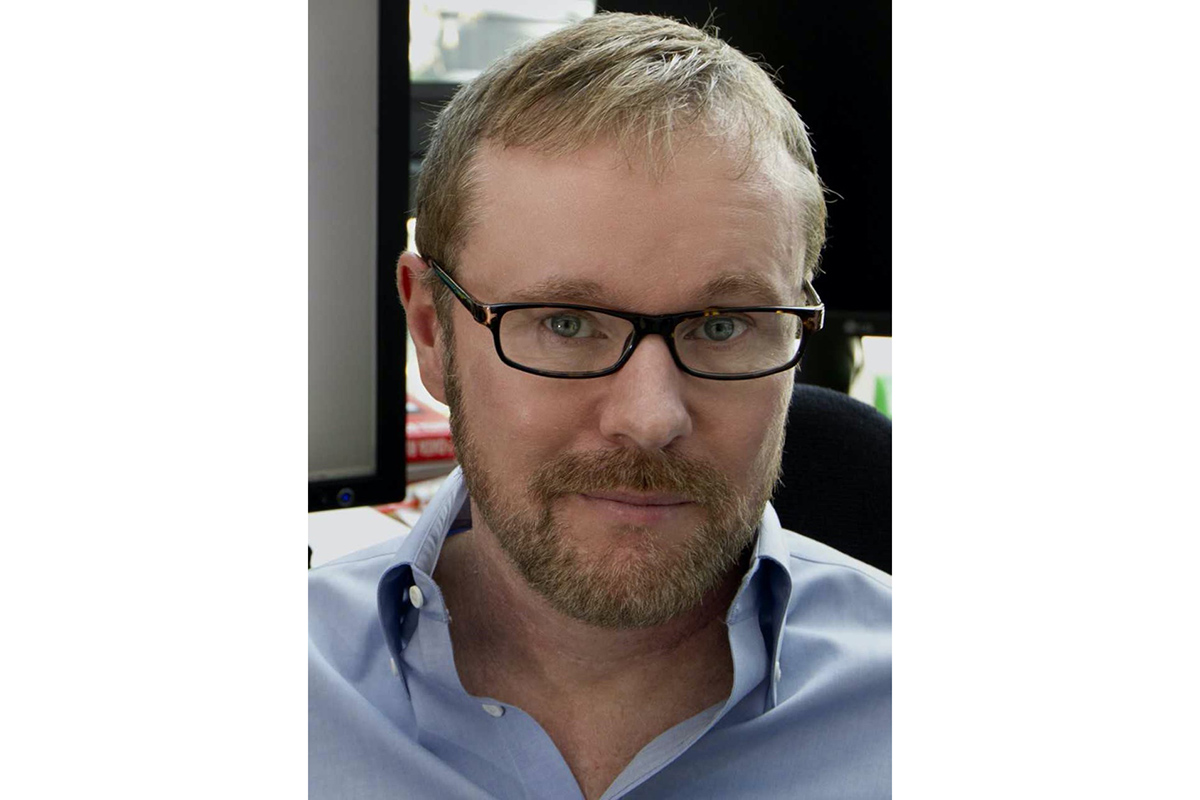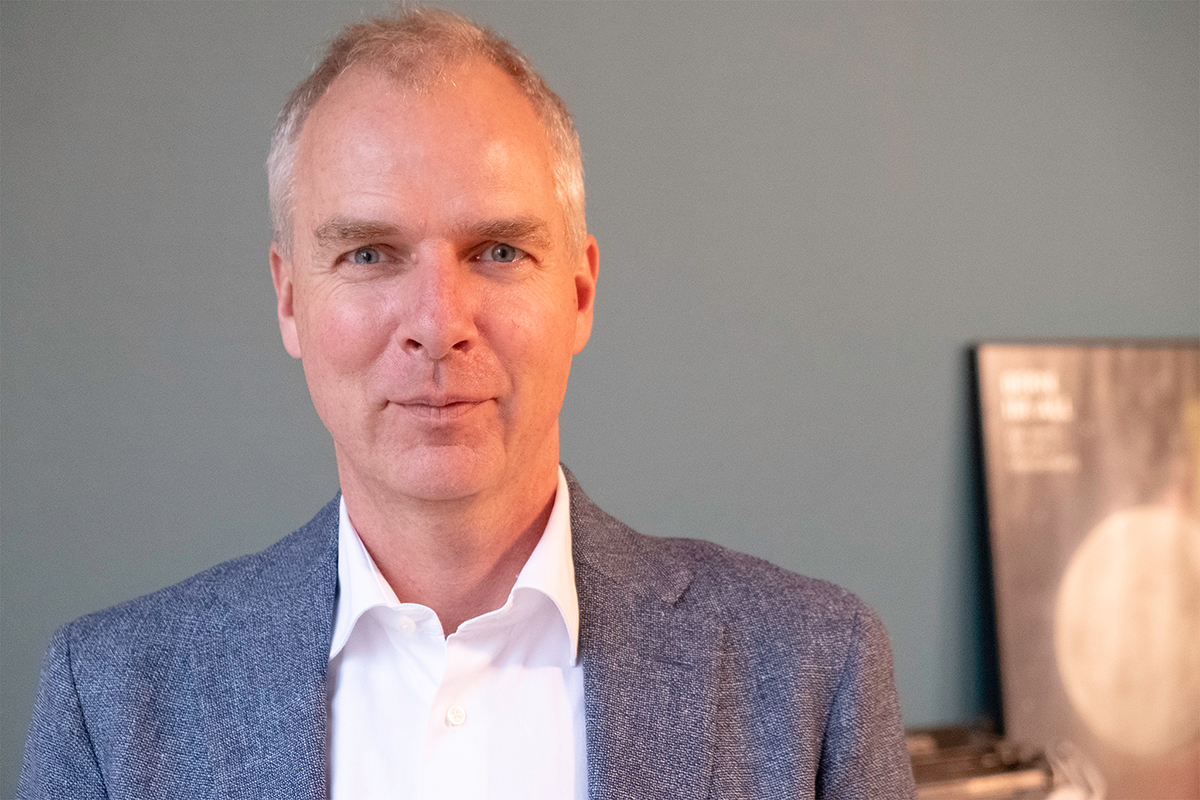Developing Tools to Help Cancer Treatment
The 2021 Hans Sigrist Prize will be awarded to Professor Garry Nolan for his work in single cell analysis, which enables a better understanding of cancer development and helps to create individualized forms of therapy for patients.

In an interview, Prof. Nolan first expresses his thanks and says that he is thrilled and honored to have been selected as the 2021 Hans Sigrist Prize winner. Nolan receives the prize for his groundbreaking work in this year’s prize field “The Single Cell Revolution and Precision Medicine”. Nolan’s lab was the first to develop the CyTOF technology for immunology, to analyze different cellular components precisely.
This breakthrough made it possible to create a comprehensive fingerprint of single cells, combining dozens of parameters. Nolan’s method provides an abundance of additional information, and has become established in cell analysis worldwide.
On top of that, Prof. Nolan has laid the foundation for a new line of research. The knowledge generated from single cell analysis is now also used to spatially map single cells within a system to examine the interaction of different types of cells.
Nolan is currently working on understanding the organization of cells in cancer tissues, both for cancer cells and for immune system cells. It is crucial to analyze these cells within their systems, like the way in which cancer hides from the immune system or deactivates cells that might be trying to attack it. The steps that the immune system cells take to identify and fight cancer cells are also being documented, to provide valuable information for future treatment approaches.
Developing Individual Therapies
The chair of the 2021 Hans Sigrist Prize Committee, Prof. Sven Rottenberg, proposed the field for the 2021 prize, looking to spur further research in a field he finds fascinating. Prof. Rottenberg is the director of the Institute of Animal Pathology, as well as a member of the Bern Center for Precision Medicine established in 2019. His research group also supports the Cancer Therapy Resistance Cluster at the Department for BioMedical Research. He has researched mechanisms of anti-cancer therapy resistance for years and has high hopes for the developments that single cell analysis brings: “The more we learn about the spatial context of these cells within the tissue, the more we can eventually help patients and facilitate individual therapy. Precision medicine is still in its infancy, but new approaches as introduced by Garry Nolan represent a major step forward.”

Prof. Rottenberg is looking forward to bringing together experts in the field for the 2021 Hans Sigrist Symposium, at which Prof. Nolan will be recognized. Rottenberg and Nolan agree that it is an exciting time for interdisciplinary research, for example bridging pathology, biology and bioinformatics. Nolan explains that a large part of his work is based on good math, and that he brings in experts to create models and calculations.
Ideas that Bridge Fields
This complexity is what fascinates Nolan about his field. As a young researcher, he was intrigued by the combination of computer technology, biological systems, and mathematical calculations. He further recounts how he was shaped by the wealth of ideas in the lab of Leonard and Leonore Herzenberg at Stanford during his doctoral studies, calling it a “cauldron of invention”. This is what he sees as the foundation of his innovative power: “If you feel strongly about an idea you have, you have to get to work. Throughout my career, I have been told by influential people that my ideas would not work. You need the will and the dedication to show them that the effort will be worth it.”
That is something he wants to pass on to his students: being receptive to new ideas and approaches. “I encourage my students to read the methods section in research papers first. At the very least, it lets them interpret the results more accurately. At best, it contains the raw material they will use to create the next groundbreaking technique.”
Nolan is constantly working on the next technique himself. He wants to analyze single cells not only on the molecular level, but also, to take it a step further by working on an instrument that can be used on the atomic level, encompassing even more information on single cells. Constructing this instrument is highly complex, he explains, but it can be applied even beyond the medical field. When asked about his goals and what he wants to accomplish with his work, he answers: “Of course, the lofty goal is to cure cancer and disease, but that would be claiming something that everybody is working towards. First of all, we need to develop the tools to gather that kind of information. I feel that my goal is to provide better tools and to connect people to enable people to use their expertise in their field.”
About Garry Nolan
- born 1961, U.K., emigrated to U.S.A. in 1963
- 1983, Bachelor of Science in Biology, specialization in Genetics, Cornell University, U.S.A.
- 1989, Ph.D., Department of Genetics, Stanford University, U.S.A.
- 1990-1993, Postdoctoral work in David Baltimore’s laboratory, Whitehead Institute for Biomedical Research (MIT) und Rockefeller University, U.S.A.
- 1993-1999, Assistant Professor, Department of Molecular Pharmacology, Stanford University School of Medicine, U.S.A.
- 1999-2009, Associate Professor, Department of Molecular Pharmacology, Stanford University School of Medicine, U.S.A.
- 2009-2011, Professor, Department of Microbiology and Immunology, Stanford University School of Medicine, U.S.A.
- 2011-Present, Rachford and Carlota A. Harris Professor, Department of Microbiology and Immunology, Stanford University School of Medicine, U.S.A.
Media Invitation to the 2021 Hans Sigrist Symposium
The Hans Sigrist Symposium will take place at the University of Bern on Friday, December 3, 2021. This year, the prize will be awarded to Prof. Dr. Garry Nolan for his research in single cell analysis. The symposium will examine how these insights can be used for individualized forms of therapy against diseases like cancer.
The Hans Sigrist Prize and Hans Sigrist Symposium
Each year, the Hans Sigrist Foundation Board selects the prize field from proposals made by the faculties at the University of Bern. The prize is awarded in recognition of research achievements and based on the promise of future contributions. Winners use the 100,000 CHF prize to fund further research in the prize field. Two earlier Hans Sigrist Prize winners have gone on to be awarded the Nobel Prize.
Dies academicus 2021
Prof. Nolan will receive the prize at the University's annual Dies academicus ceremony, which takes place this year on Saturday, December 4, at the Casino Bern (Casinoplatz 1, 3011 Bern). The media invitation for Dies academicus will follow shortly.
About the author
Isabelle Aeschlimann works as management support for the Head of the Communication & Marketing Office, University of Bern.